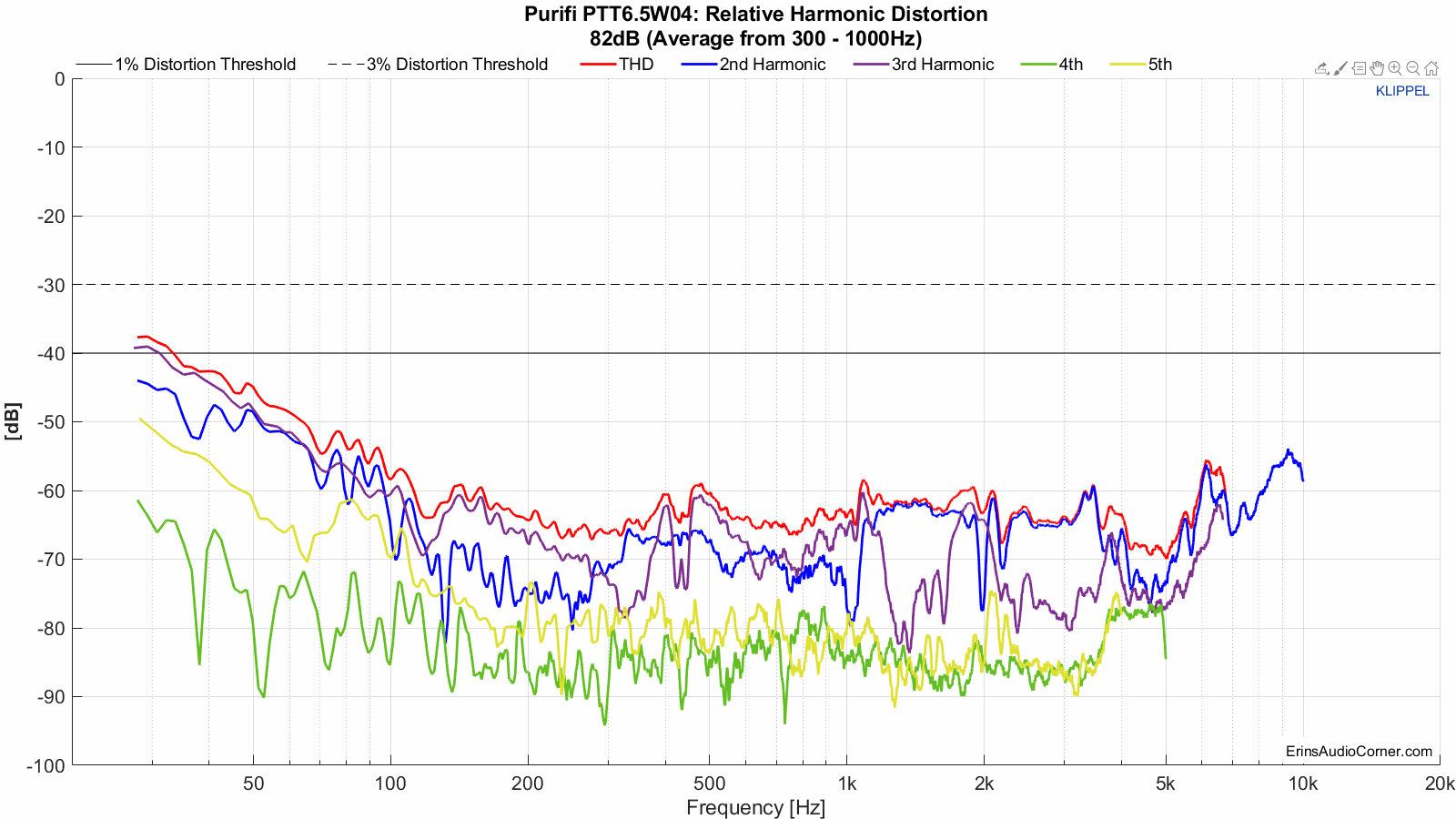This test seems to indicate the opposite of the chart that was posted earlier in this thread. It is for a 4 channel Pioneer class D car audio amplifier, and if I am interpreting this chart correctly, it shows that THD increases along with output. Is that correct?
If that is the case, it seems it would be difficult to generalize whether such a pattern applies to all class D amplifiers, class AB, etc. (or what kind of variation might be found even with an amplifiers of the same class). Again, back to the Pioneer chart, we see something around a 3-4db increase in THD+N between 20 and 50 watts output, which corresponds to about a 5% increase in THD+N between 20 & 50 watts.
Researching this topic I found the link below which simulates distortion, and I was definitely able to tell the difference on a 5% step. If my reasoning here is correct, this would lead to a noticeable difference in sound quality for the amp that I have posted between 20 and 50 W, and by that logic, it seems that a similarly performing amp with a lot of head room would produce notably better sound quality.
https://www.audiocheck.net/testtones...ll.php?frq=125
Just a small note: I am admittedly somewhat out of my depth on this type of a discussion, so if I have made any serious mistakes in my calculations or understanding of these topics I do apologize.
), without accounting for a myriad of system attributes that need to line up just right in order to even get close to that extra 1mm...





 Reply With Quote
Reply With Quote


